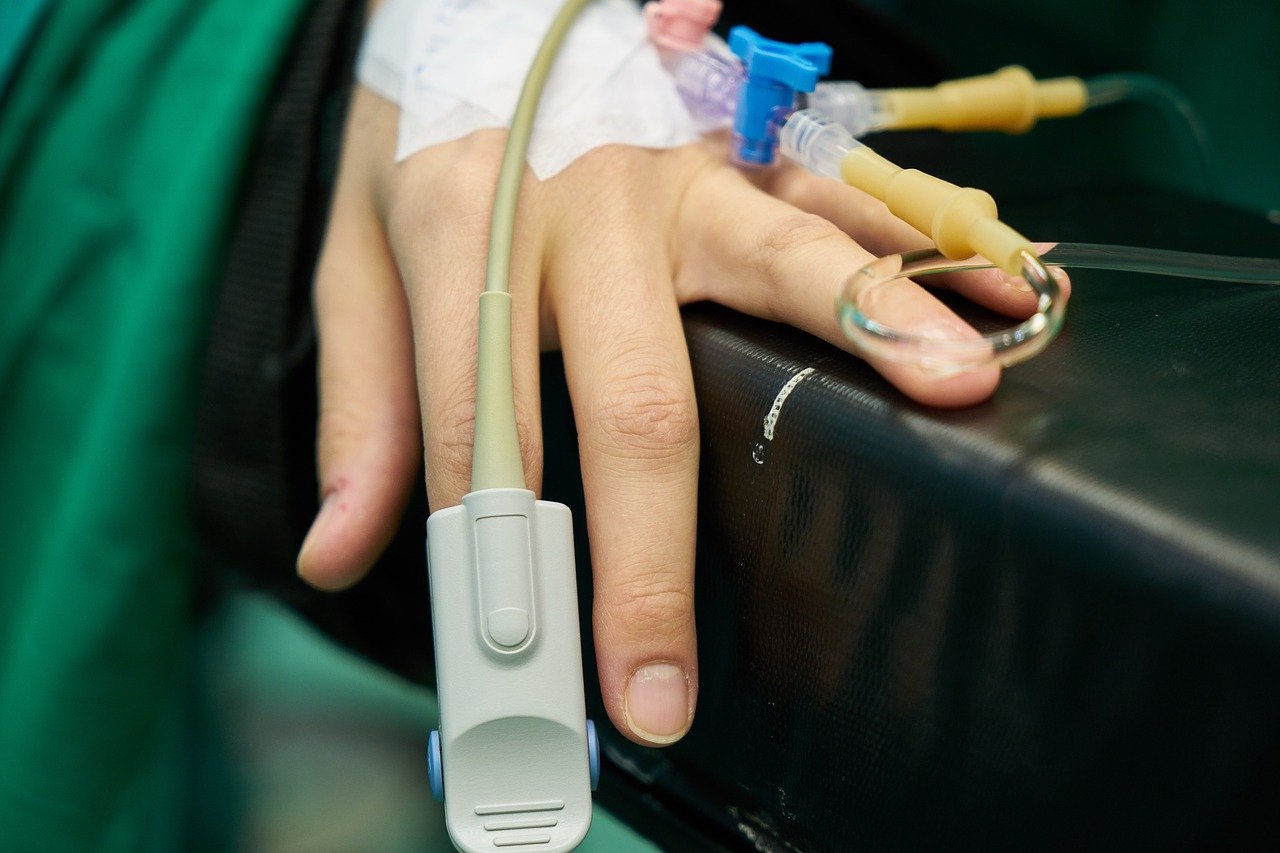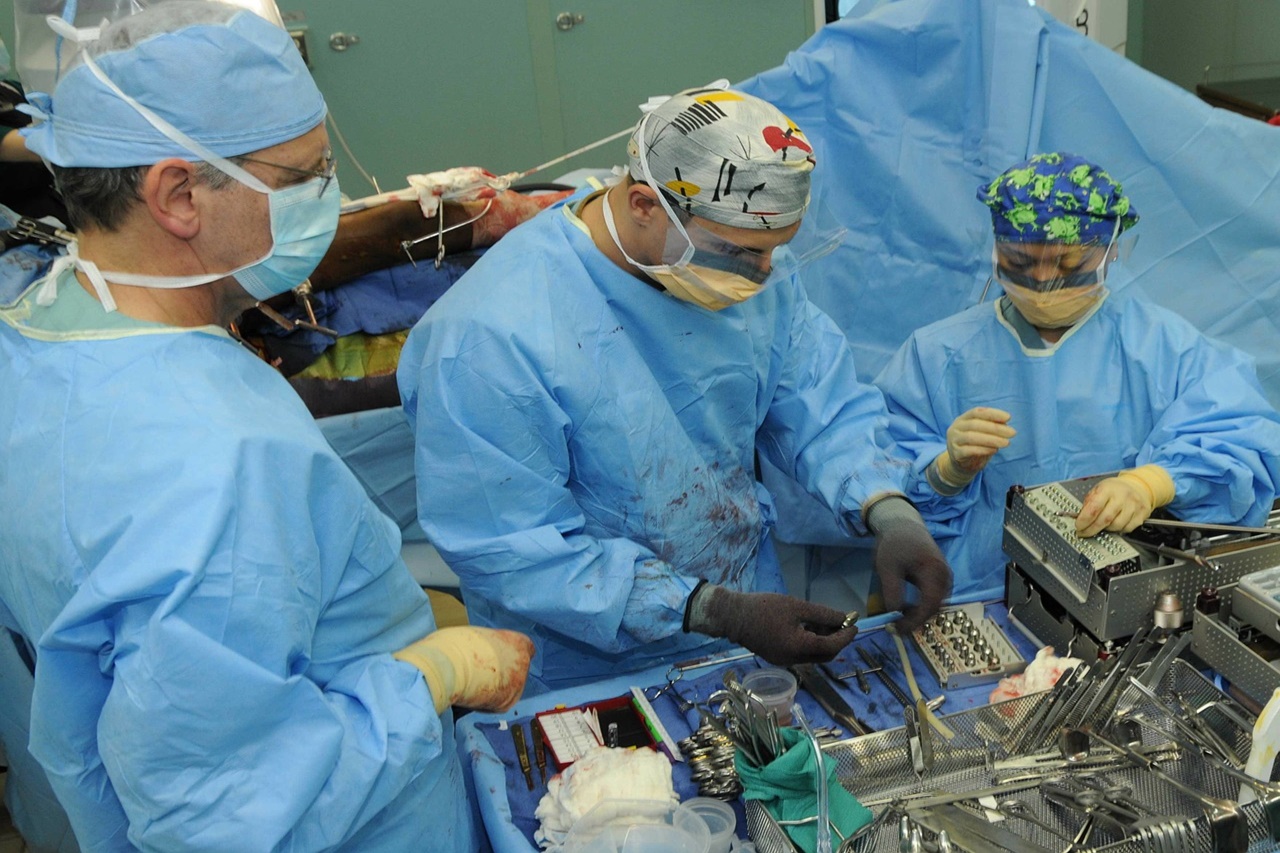Medication will need special attention:
Diabetic medication: during pre-operative diet period, usually you will need half of the dose; you should stop all diabetic medication on the day of the surgery; your blood sugar will be monitored post-surgery and we could give you small frequent doses of rapidly acting insulin for short period of time if needed. Majority of patients will not need medication, as the amount of calories ingested is very small. If you are on long acting insulin, the dose will be slowly decreased aiming at stopping them once suitable. Your individual plans will we discussed with you. If you are on a combination of oral medications and subcutaneous insulin, we will try to get you off insulin first whilst keeping oral medications until ready to stop all medication if suitable.
Blood thinners / anticoagulant: scenarios are different depending on individual patients circumstances and plans will be set before surgery. Almost every patient will have Clexane injection, to prevent clots. Some will need to have it for few weeks if previous history of deep venous thrombosis.
Blood pressure medication: depending the blood pressure, as some will go the other way, low pressure. If needed majority of blood pressure medication could be swallowed.


Antidepressant, and other psychiatric medication: most of these medication could be used on the first day, but if suitable we will try to delay the use for few days, or if liquid alternative present, some could be crushed. All medications are designed to dissolve, so even if the tablet stuck in the middle of new stomach, should eventually dissolve and pass down.
Arthritis medication: it is very important to stop these medication until full diet allowed. Using alternatives and suppositives might be needed
Cholesterol medication: no need to restart these medication , and if needed might be started few weeks later.
Other medication: should be discussed and stopped or restarts as needed.
Herbal medications: should be stopped, as we don’t completely understand their effect if any.